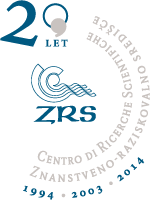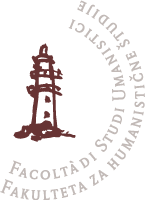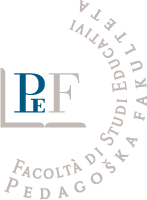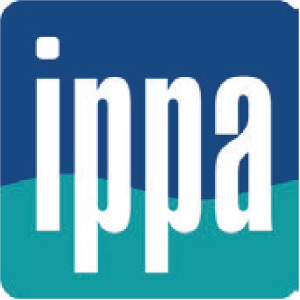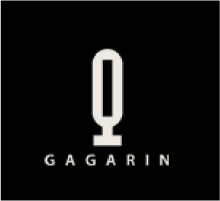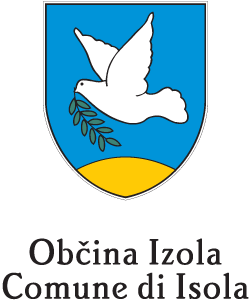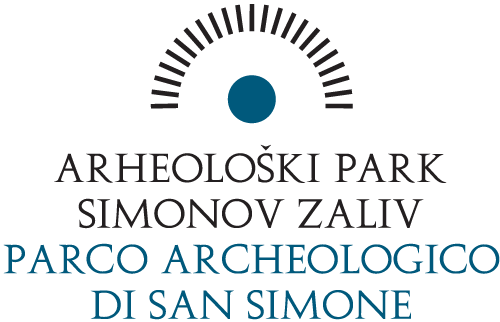BASIC INFORMATION
printThe Institute for the Mediterranean Heritage of the Science and Research Centre of the University of Primorska, the leading partner in the consortium comprised of the Faculty of Humanities, Faculty of Mathematics, Natural Sciences and Information Technology and the Faculty of Education of the University of Primorska, managed to secure a grant for a project funded by the EEA Financial Mechanism 2009-2014 Programme (the B panel - Field of Cultural Heritage). Only two of registered twenty-one projects were approved for funding; the project was awarded 1.214.671,00 €.
The project AS - Archaeology for all: revival of the Archaeological park Simonov zaliv (»AS – Arheologija za vse. Oživljanje arheološkega parka Simonov zaliv«) was selected in December 2014, however, first project activities commenced in February 2015. Project leader is Assoc. prof. dr. Irena Lazar.
The Institute for the Mediterranean Heritage of the Science and Research Centre of the University of Primorska, the leading partner in the consortium which includes the Faculty of Humanities, Faculty of Mathematics, Natural Sciences and Information Technology and the Faculty of Education of the University of Primorska, obtained a grant for a project funded by the EEA Financial Mechanism 2009-2014 Programme (the B panel - Field of Cultural Heritage).
The EEA Financial Mechanism tender placed special emphasis on promoting cooperation and partnerships between institutions of the Republic of Slovenia and the institutions of donor countries. Accordingly, the Institute for the Mediterranean Heritage made an agreement with several members of the University of Primorska as well as three other Slovenian partners, i.e. the Municipality of Izola, the Arhej Ltd. enterprise and the Institute for diving and underwater activities - IPPA Piran; one foreign partner became the company Gagarin ltd. from Iceland.
The aim of the cultural heritage panel is conservation and restoration of cultural monuments which are accessible to the public and contribute to the local and regional development, the enrichment of the tourist offer and the recognition of local or regional environment. It also aims to increase the awareness and knowledge about the importance of preserving the cultural heritage and its potential for development, as well as the particularities of its maintenance and renewal.
Only the owners or managers of cultural monuments are eligible for application within the Cultural Heritage panel. Therefore the result of the project must be at least one reconstructed or restored cultural monument; a unit of cultural heritage that undergoes works during the course of the project must be declared a cultural monument of local or national importance. No less than 5% of the grant should be reserved for the so-called "soft" activities to increase the accessibility of cultural heritage (e.g. the creation of attractive programs for vulnerable groups and young population).
The archaeological site of Simonov zaliv is a cultural monument of national importance it has been under the management of the Institute for Mediterranean Heritage since 2010. It features the best preserved and studied remains of a Roman seaside villa with a port in Slovenia; however, they are not properly presented and accessible. The remains are at risk due to groundwater and sea tides, which affect the archaeological remains. Furthermore, due to their being exposed to the open air, some materials are subject to accelerated process of decay.
The aim of the project "AS - Archaeology for all" is to increase the accessibility of the site, placing it in the cultural and tourist offer of the region, as well as to develop a program and infrastructure that will enable the operation of the archaeological park throughout the year, making it financially viable. Special attention will be paid to the protection of the monument’s mosaic floors as an essential architectural segment of the architectural remains. Appropriate protective measures will be undertaken to ensure a long-term preservation of restored mosaics. For the purposes of a relevant presentation the wall architectural remains of the villa will be restored "in situ", since that is the only way to properly represent and interpret the remains for visitors.
The results of the project will include the interpretive centre in the park, the preserved and presented remains of the villa and its mosaics, the first underwater archaeological park, the innovative digital and interactive solutions to increase the empirical experiences of visitors - in short, the park’s full integration into the cultural and tourist offer.
The project will be of utmost benefice to the local community, educational institutions at all levels, tourists, visitors with disabilities, interested individuals and public institutions in the field of cultural heritage.

